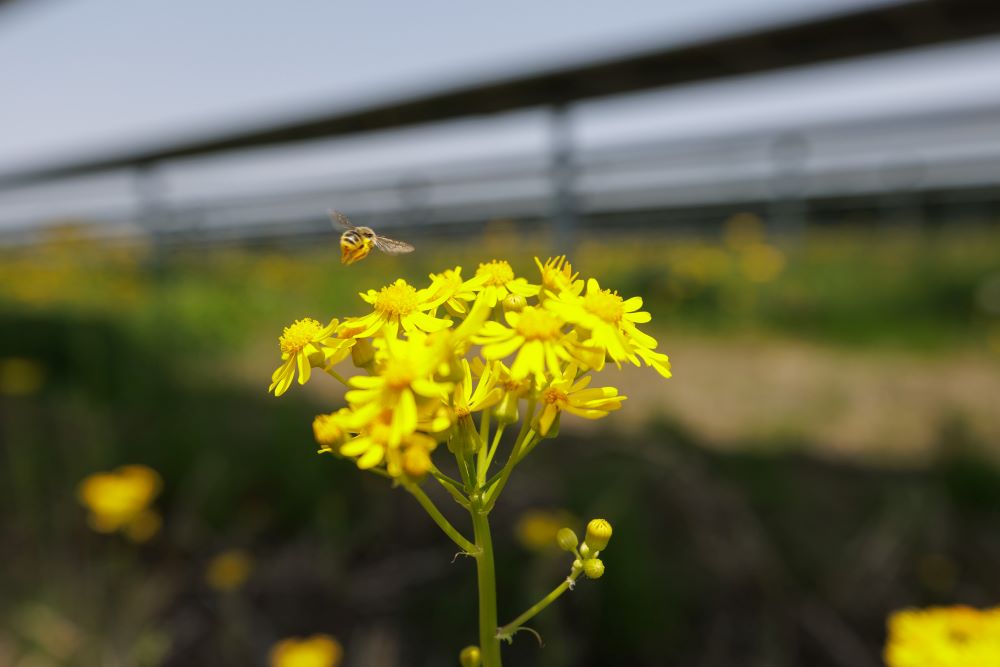Juliet Solar | 62MW in Ohio
62MWac
/77MWdc of home-grown renewable energy
120
jobs created during construction, filled at least 70% by locals
$18+ million
revenue benefitting local schools & public services
11,000 homes
powered with renewable energy (equivalent)
Site Selection & Preliminary Design
Stakeholder outreach
Permitting & environmental studies
Land management & biodiversity planning
Final engineering, financing & construction
Operation & maintenance
Decommissioning & recycling
About the Juliet solar project
The Juliet solar farm currently is under construction in Weston Township, Milton Township and the Village of Weston in Wood County, Ohio. The privately funded energy project will produce locally generated, solar-powered electricity into the Ohio bulk power transmission system.
Juliet Solar will provide a stable, long-term economic benefit to the Wood County area. The project is expected to pay approximately $18 million into the local tax base over its lifetime, benefiting Otsego School District, Weston Township, Milton Township, and the Village of Weston. The project is expected to create 100-150 construction jobs (during peak construction).
We will update this page with further information and updates on construction. With questions, comments or concerns, please reach out to USCommunityRelations@lightsourcebp.com.
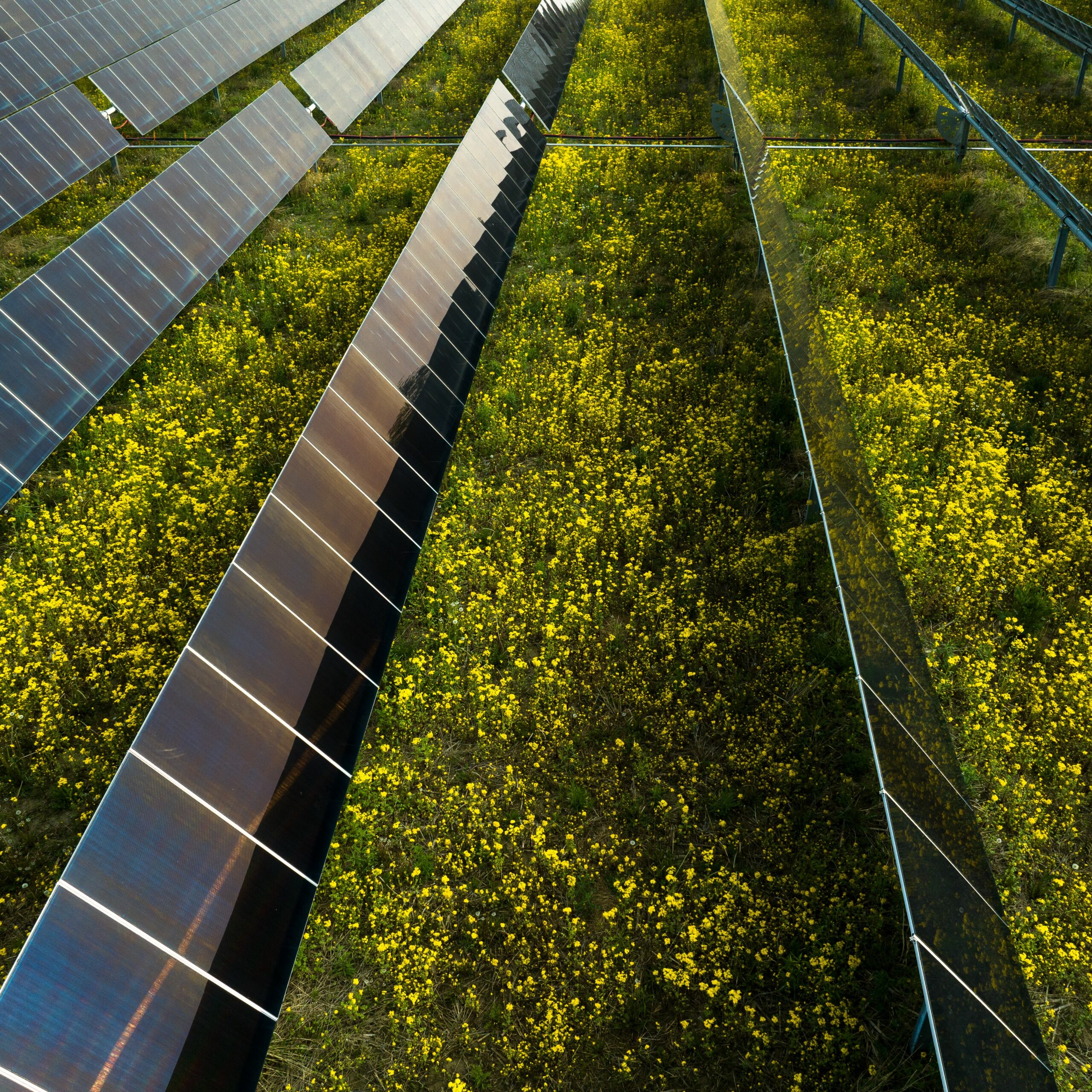
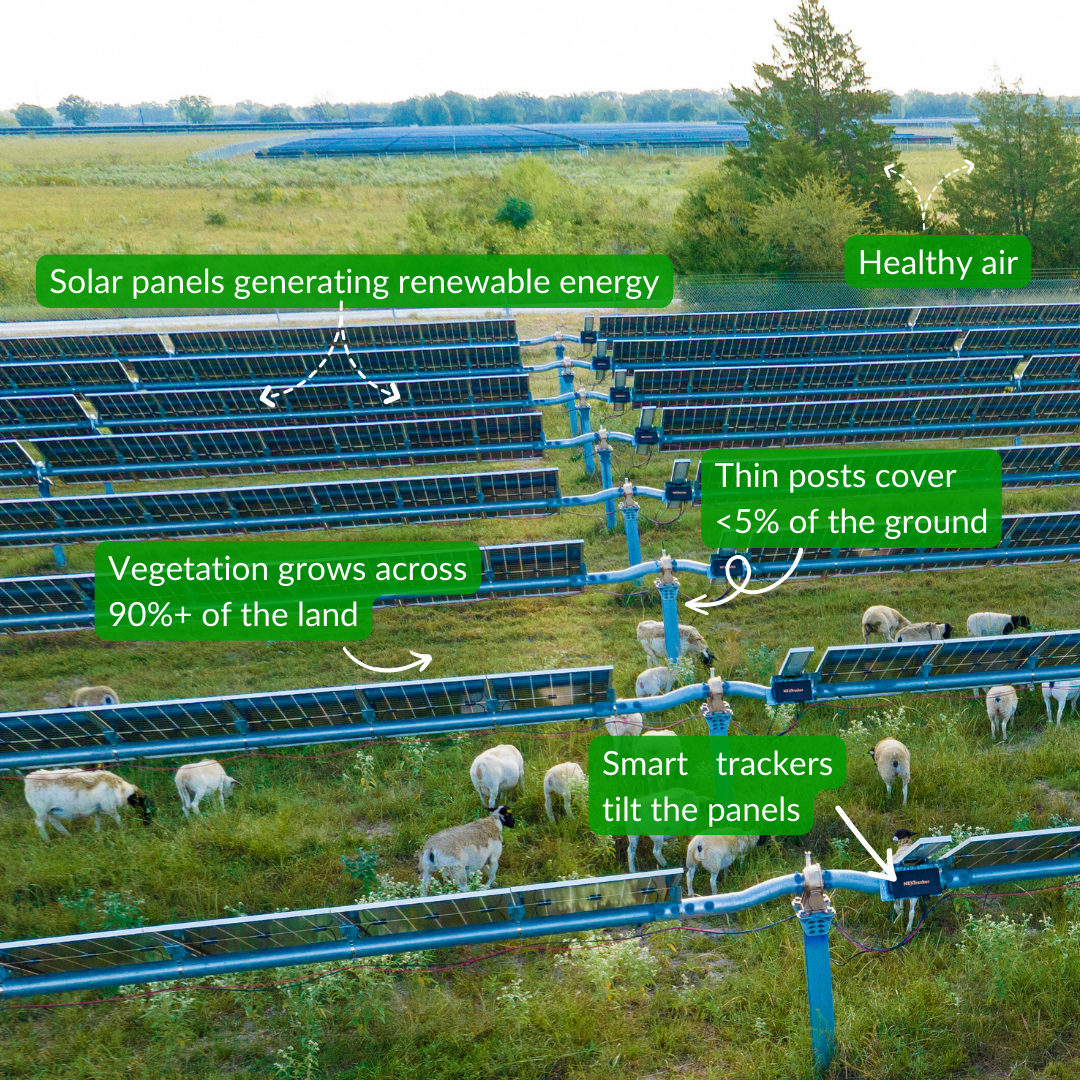
How solar farms work
Solar farms add energy to the local electric grid, just like other electric power plants. Rows of solar panels produce the electricity, which flows through the grid to power places like homes, businesses, schools and hospitals.
Solar panels are mounted on structures called racking. Racking sits on posts that raise the panels above the ground. The posts take up less than 5% of the land. With significant open space under the panels, in the rows and in buffer areas to plant site-specific grasses and other vegetation, we set a goal of increasing biodiversity in the first 5 years of operation. We also integrate agriculture where practical.
The racking is equipped with smart solar trackers that slowly and quietly rotate throughout the day, following the sun to maximize solar energy production. These smart trackers serve other important purposes, too: they help protect solar panels from hailstorms, high winds and buildup of snow on solar panels.
Community dialogue – we want to be a good neighbor
Lightsource bp is dedicated to supporting communities that are home to our solar projects across America. We have a Community Relations team that works closely with our neighbors to maximize the positive social impacts of our projects.
To connect with a Community Relations Manager please email USCommunityRelations@lightsourcebp.com.
If you are a member of the media, please visit our Press Center.
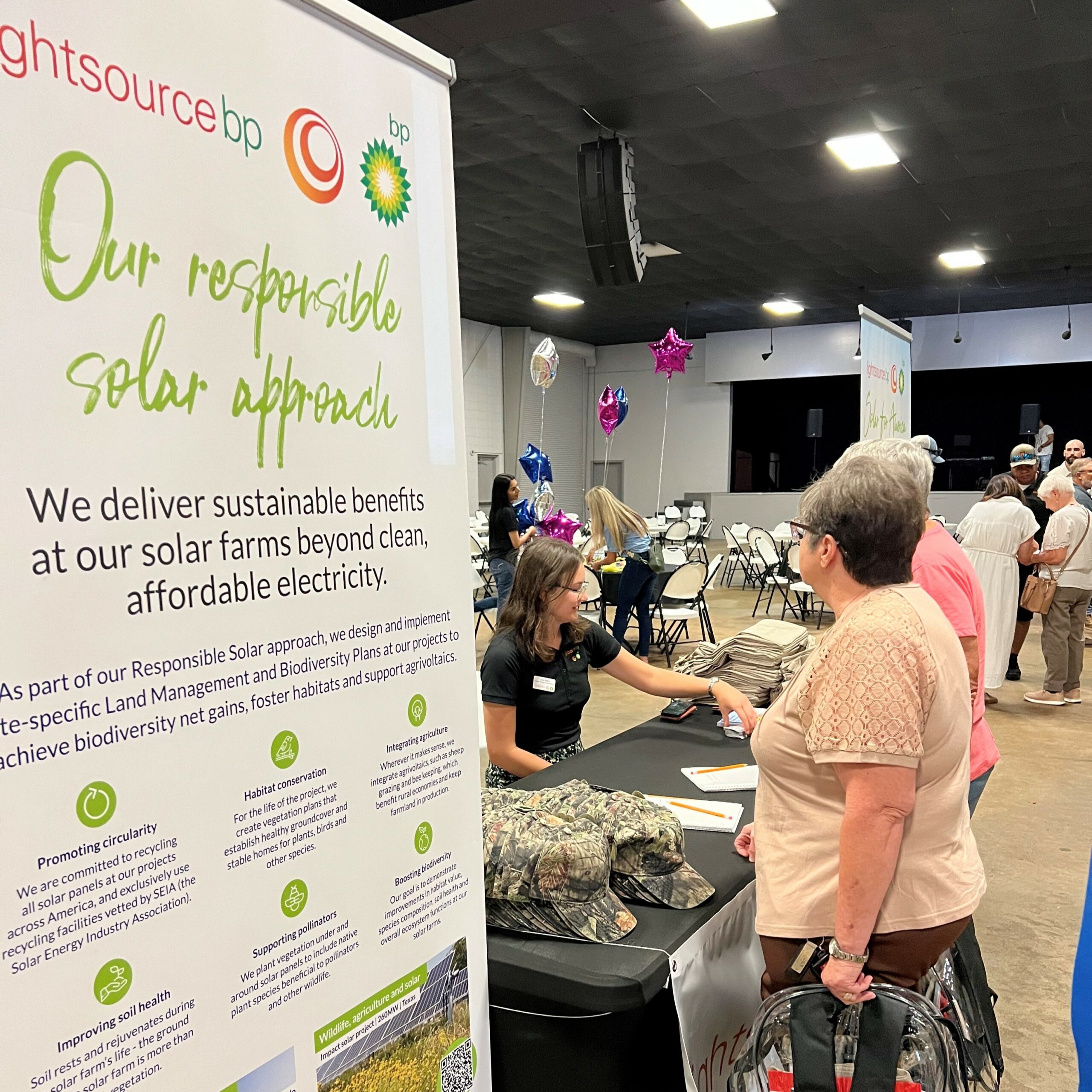
Making a local impact
A solar farm is so much more than energy production. It can boost biodiversity on the land. It can provide new tax revenue to your community. It’s a new, year-round type of harvest for your neighbor farmers that helps them keep their land for future generations.
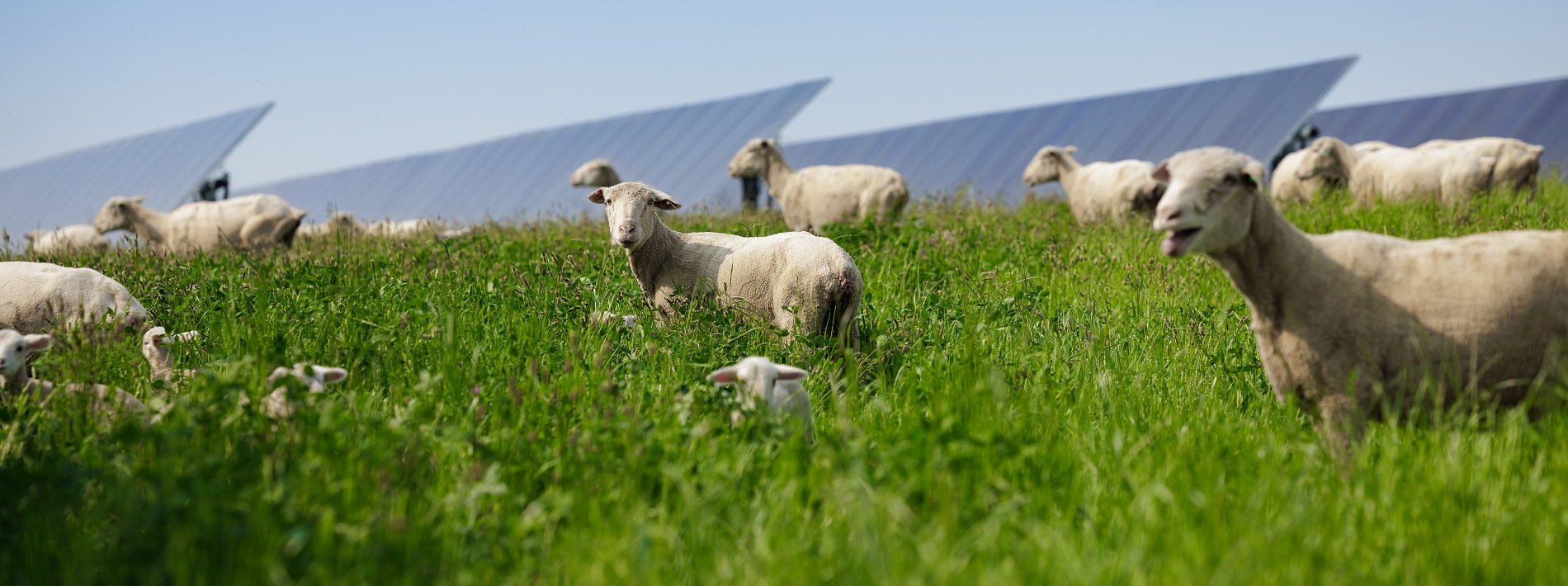
Long-term benefits
In addition to generating affordable and renewable energy for Ohio’s electrical grid, development of the land with home-grown solar energy has several additional long-term benefits, including:
- Rest and regeneration of the land during the project’s life, improving soil health and preserving it for future use.
- Healthy groundcover under and around the panels that boosts local biodiversity, creating a stable, long-term home for plants, pollinators, birds and other wildlife.
- Opportunity for integrated agriculture such as sheep grazing or bee keeping.
- Rural resilience through continued local ownership of the land.
- Energy security and independence from foreign sources of fuel.
Economic growth for the community
The Juliet Solar project represents a significant capital investment into home-grown, affordable energy for Ohio, using private funding. This opens many doors for economic growth, including:
- Throughout the life of the project, $18+ million in new tax revenue will be generated, benefitting local school systems and many other community public services – without an increase in taxes to local residents.
- 100+ jobs will be created during peak construction of the project, prioritizing the hiring of local subcontractors and local labor. At least 70% of the construction force will be hired locally, utilizing the local electrical, carpenter, labor and operator unions.
- Lightsource bp is committed to supporting philanthropic activities and charitable donations to local organizations.
Our Responsible Solar approach
Lightsource bp has a deep commitment to delivering safe and affordable renewable energy, as well as maximizing the environmental sustainability and positive social impacts of each of our projects. We call this approach Responsible Solar. We pay attention to every detail, from the fencing we choose to the vegetation we plant. We want our Juliet Solar farm to be a great project for the local community. In developing the project, we are implementing our best practices for solar farm development, including the below:
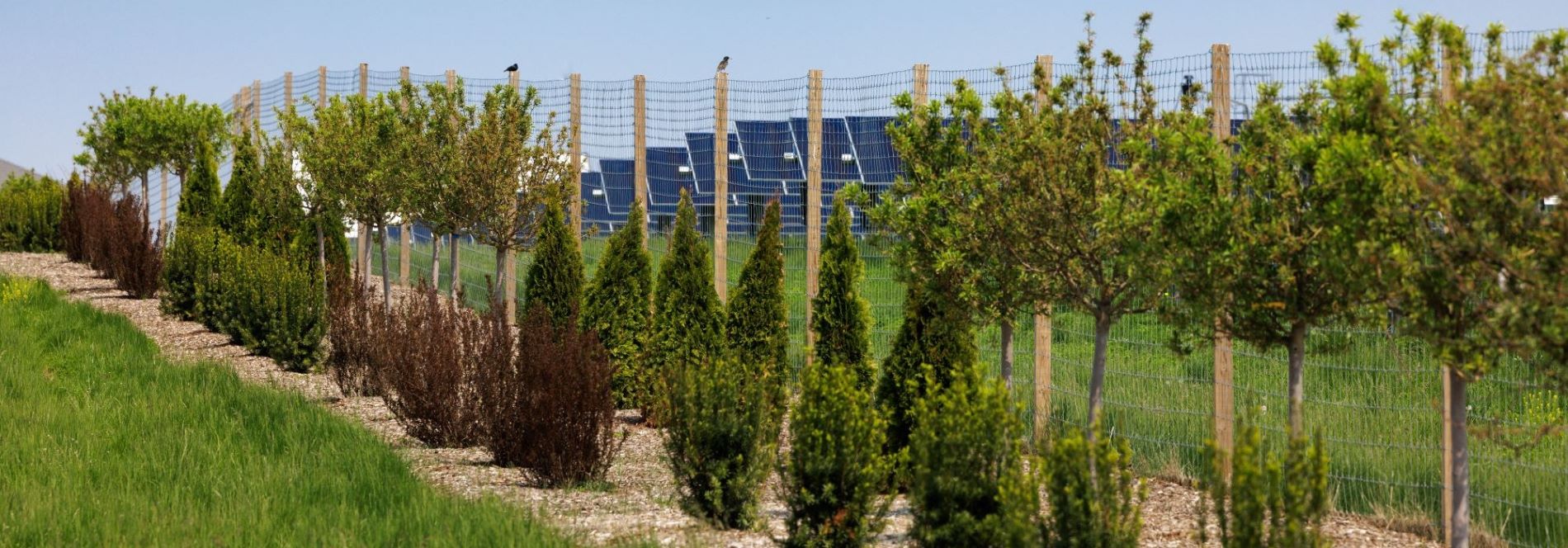
Environment and aesthetics
- Planting new trees and other vegetation between the solar panels and public view where needed for screening and to provide habitat for local wildlife.
- Designing setbacks from nearby property lines and public roads. Buffer zones will include a setback of not less than 50 feet from the center of any adjacent public roadway, along with a setback of at least 100 feet from adjacent properties.
- Installing an agricultural game style fence, consistent with the local aesthetic of the area, around the project as opposed to industry-standard chain link fencing.
- Planting vegetation under and around the solar panels, with a seed mix customized for the local area in order to increase biodiversity and improve soil health. Juliet was pre-seeded with a pollinator-supportive mix ahead of construction and will feature 35 acres of enhanced monarch butterfly habitat on the site perimeter as well.
Upkeep and decommissioning
- Making sure appropriate drainage and traffic mitigation are provided during construction.
- Budgeting for consistent maintenance and upkeep of the facility.
- Committing to recycling all solar panels.
- Preparing a decommissioning plan to ensure that the project will be removed at the end of its life.
Responsible Solar Stories
Find out more about our Responsible Solar approach in action.
Researching the benefits of pollinator conservation at Bellflower Solar
Habitat enhancement and agrivoltaics in Indiana
Information and resources
We’ve put together a collection of resources for anyone who’d like to know more about utility-scale solar energy.
Solar farm FAQs
We’ve put together a list of the most commonly asked questions, and their answers.
Solar energy basics
National Renewable Energy Lab (NREL)
Lightsource bp educational materials
Solar panel safety and recycling
Complaint Filing Procedure
Complaints can be submitted through the following means:
- US Community Relations email address: uscommunityrelations@lightsourcebp.com
- Lightsource bp office phone number: 1 (415) 523-0200
- US Mail: Juliet Solar, 400 Montgomery Street, 8th Floor San Francisco, CA 94104
Complaint Review Process
Our designated staff will contact the complainant within five (5) business days of receiving a complaint. During this call or email, we will confirm the issue, identify the relevant site, and establish the best way to stay in touch. We will also provide a specific timeframe for follow-up.
All complaints are logged in our stakeholder management platform to track progress and resolution time. A subject matter expert (SME) will work on finding a resolution and provide updates as needed.
We are committed to resolving complaints as quickly as possible and will provide regular updates. In some cases, unexpected delays may occur, or a complaint may be deemed unresolvable. If this happens, we will inform the complainant and explain the situation.


